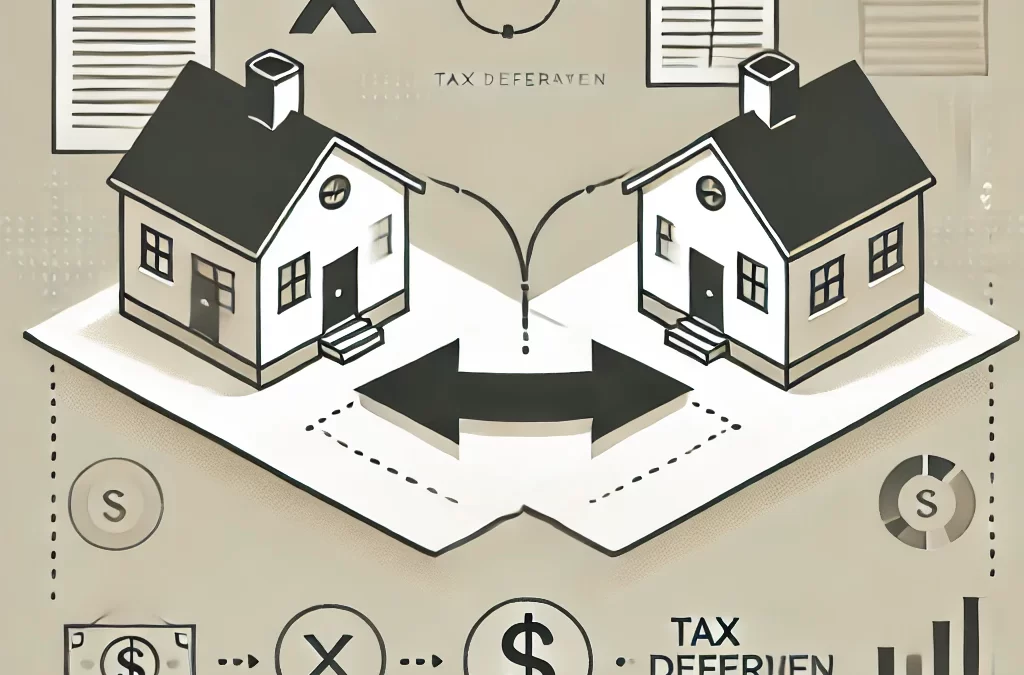What is a 1031 Exchange?
A 1031 Exchange is a tool in U.S. tax law that allows property investors to defer paying capital gains taxes when they sell one investment property and purchase another “like-kind” property within a specific timeframe. Named after Section 1031 of the Internal Revenue Code, this process helps investors grow their portfolios without an immediate tax burden as long as the exchange rules are followed closely.
Purpose of a 1031 Exchange
The main purpose of a 1031 Exchange is to allow real estate investors to reinvest profits from the sale of an investment property into another similar property without having to pay capital gains tax at the time of sale. This tax deferral can provide significant savings, especially for investors looking to upgrade or diversify their real estate holdings over time.
Benefits of a 1031 Exchange
- Tax Deferral: The most significant advantage is that investors don’t have to pay capital gains taxes immediately, giving them more capital to reinvest.
- Portfolio Growth: By deferring taxes, investors can use the full sale proceeds to buy larger or more profitable properties, more effectively growing their real estate portfolio.
- Property Upgrades: A 1031 Exchange allows investors to sell older or underperforming properties and replace them with newer, better-performing ones.
- Wealth Building: Over time, repeated use of 1031 Exchanges can lead to significant portfolio growth and wealth accumulation, as investors avoid large tax payments on each property sale.
Key Steps in a 1031 Exchange
- Choose a Qualified Intermediary (QI): The IRS requires using an independent third party, or QI, to handle the exchange. The QI holds the funds from the property sale and ensures the transaction meets legal requirements.
- Sell the Relinquished Property: This is the initial property being sold. After closing, the sale proceeds go to the QI, not directly to the seller.
- Identify Replacement Property: Within 45 days of selling the first property, you must identify potential replacement properties. These properties must be similar in nature (like-kind).
- Complete the Exchange: You have 180 days from selling the original property to close on the replacement property. The QI will transfer the funds for the purchase to complete the transaction.
Important Considerations
- “Like-Kind” Properties: Properties must be similar (e.g., real estate for real estate) but don’t have to be identical types so that a commercial building could be exchanged for a rental property.
- Balancing the Exchange: To fully defer taxes, the replacement property should be of equal or more excellent value than the original, and all proceeds must be used in the purchase.
- Qualified Intermediary Requirement: The seller cannot handle any of the proceeds directly; they must go through a QI to comply with the IRS rules.
Conclusion
A 1031 Exchange offers real estate investors a powerful way to grow their portfolios while deferring taxes. By reinvesting proceeds from one property sale into another, investors can upgrade or expand their holdings without immediate tax consequences, building wealth over time. However, strict rules apply, so working with a Qualified Intermediary and consulting with tax and legal professionals is essential for a successful exchange.
If you’re considering a 1031 Exchange, be sure to carefully plan each step and work with professionals to maximize this tax-deferral opportunity.

